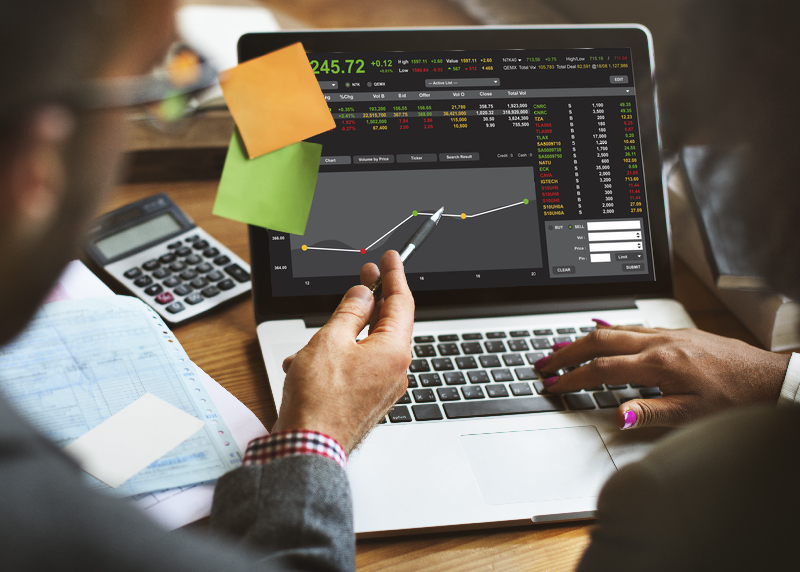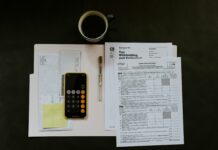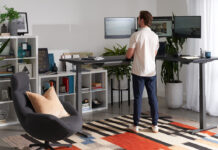Working from home has its perks. No commute, flexible hours, and the freedom to manage your own schedule. For many solo entrepreneurs, forex trading looks like the perfect side hustle — fast-paced, mobile-friendly, and full of potential. But the truth is, if you’re running a home-based business, forex isn’t just another income stream. It’s a high-risk venture that requires structure, discipline, and clear financial boundaries.
Let’s get one thing straight: trading on instinct or copying a stranger’s strategy from YouTube is not a plan. That’s gambling with your business capital. And if you’re thinking about using forex trading robots, that’s fine, but automation won’t fix a broken system. Bots follow instructions. They don’t replace a plan.
Why Forex Attracts Home-Based Entrepreneurs
On the surface, forex checks all the boxes. No warehouse, no inventory, no customer support headaches. Just a laptop, an internet connection, and the promise of fast execution. The idea of starting small and growing fast appeals to anyone who’s used to building lean. But forex isn’t an “add-on” to your Etsy shop or freelance gig. It’s a separate business model.
Most newcomers fall into the same trap: they see forex for home business owners as something you can figure out on the go. No budgets. No plan. Just vibes and leverage. Unfortunately, that mindset usually ends with a margin call.
Instead, treat it like any serious business venture. Start by defining your capital limits. You wouldn’t start a home bakery without knowing ingredient costs, profit margins, and licensing fees. The same logic applies here — you need a breakdown of how much you can afford to lose while staying in business.
More Than a Number: What Capital Really Means
You’ve seen the ads: “Trade forex with just $100!” Technically true, but deeply misleading. Yes, brokers let you open micro accounts and offer high leverage. But real sustainability begins far beyond the $100 mark. The question isn’t how little I can start with, but how much risk I can manage before it hurts my business or personal finances.
Even if you’re using strict risk limits, say, 1–2% per trade, you need enough balance to let your system breathe. Too small a bankroll and even a short losing streak can wipe you out. Too large a position size and one bad move ruins everything. This isn’t theory — it’s how traders lose months of income in a single session.
The goal is not to grow $500 into $50,000. The goal is to manage risk so consistently that compounding eventually becomes realistic. If you’re pulling capital from your core business, factor in a buffer. Protect your operating cash. Let forex live in its own lane, with its own guardrails.
Managing Risk When You Work From Home
Risk looks different when your home is both your office and your trading desk. You don’t have institutional buffers or team reviews — it’s just you, your screen, and your judgment. That’s exactly why structure matters more here than in a corporate setting. Emotional trades happen faster when you’ve had a bad client call, or your kid’s home sick, or your other business is slow this week.
The key is to separate environments and mindsets. Don’t trade in the same window where you handle invoices or run ads. Build mental firewalls. Better yet, set limits before you feel the urge to tweak your positions. If you define your daily loss cap while calm, you’re far more likely to stick to it when things get volatile.
Your time is also capital. If you’re spending five hours tweaking charts, is it taking away from your primary income? Be honest about opportunity cost. Home business owners wear too many hats to afford emotional drag from the trading floor.
Tools That Don’t Just Look Good, but Work
Plenty of flashy platforms promise edge — trading dashboards, portfolio trackers, risk calculators. But unless they’re integrated with your risk plan, they’re just noise. Choose only those tools that simplify execution, not distract you.
Automation helps, especially when built around a clear strategy. For example, you might use trading bots to execute predefined setups while you’re busy packing orders or building your next client proposal. But bots must be monitored. Even the best forex trading robots for home business can’t adapt on the fly to news, sentiment, or unexpected slippage. They follow rules. Your job is to set those rules, test them, and review results regularly.
Final Thought: Trade Like a Business Owner, Not a Gambler
You already know how to manage risk — you do it every day, running your business. Apply that same mindset here. Define your capital, protect your time, and respect your system. Trading can complement your home business, but only if you treat it with the same seriousness.
If it starts to feel like chaos, it’s time to pause. Clarity beats hustle every time, especially in forex.
Find a Home-Based Business to Start-Up >>> Hundreds of Business Listings.














































